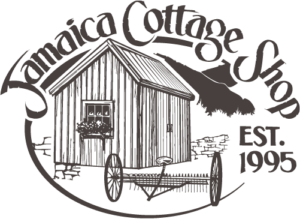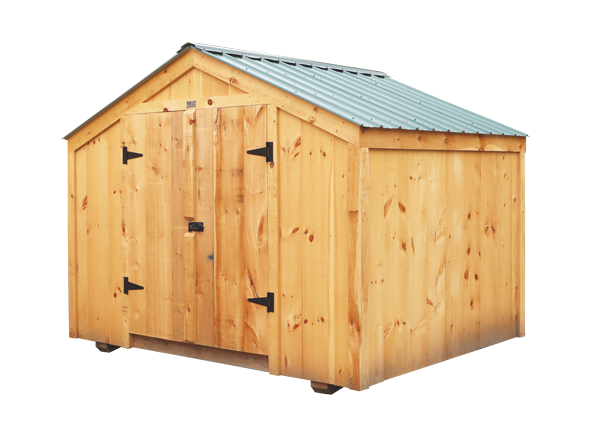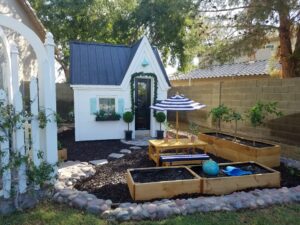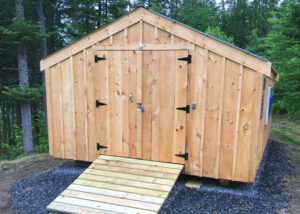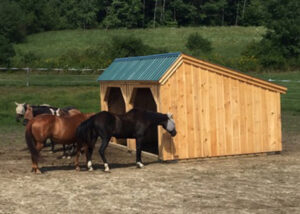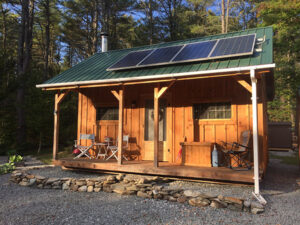Knowing how your food is produced can make you feel confident in its wholesomeness. Many are turning to old-fashioned farming as a way to get in touch with how their food is grown. Plus learning these skills can be quite an enjoyable lifestyle. An abundance of home-grown veggies, fruits, meat, and honey rules! Lastly, it goes without saying, nothing’s cuter than farmyard animals like chickens, piglets, and sheep. That is where planning a mini-homestead for urban farming comes into play.
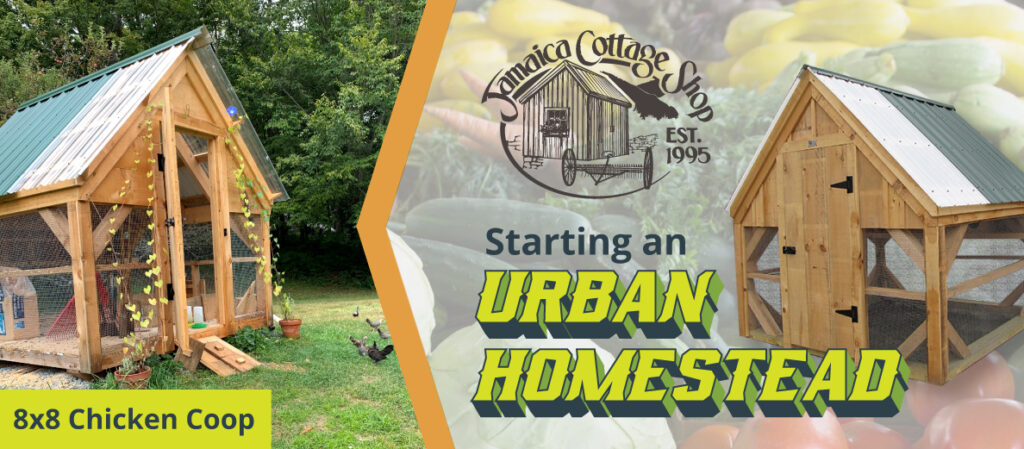
City dwellers and those with minimal backyard space might think this lifestyle is impossible. In reality, this is false. Each year mini-homesteading and urban farming enthusiasts find new ways to make their dreams come true. Read on for some tips to plan out your mini-homestead for urban farming with the help of some post and beam buildings.
How Much Space Do You Have?
If you are in this situation, you can put together a scaled-back homestead. With a bit of planning it’s a snap. First, you should measure out the space you have to work with. Next, decide what areas you want to use for this purpose. Do you want to use both your front and back yards? Or are you going to designate your garden and livestock shelter to one corner?
What Animals Are You Going to Raise?
Once you have figured out the layout of the land, you can decide what kind of animals you will raise. Most people who venture into urban farming start with chickens or other fowl like quail or ducks. That’s because they take up a small amount of space. Plus gathering fresh eggs is a bonus. Quail are a bit quieter than chicken, ducks and geese, making them ideal if you have close neighbors. Our 4×6 Coop is a great beginner building with a tiny footprint, perfect for the smallest of yards. A roomier selection would be our 8×8 Coop, enclosed with hardware mesh, it’s airier for free range birds.
The more adventurous homesteaders will enter the realm of sheep, goats, pigs, or llamas. Of course, these types of animals will need more space. Your yard might not have enough room for a barn-styled shed or run-in. Don’t rule it out quite yet. If there is a specific reason you want to raise a particular animal, you might be able to make it work. For example, yarn spinners might want to have some sheep around. In other instances, a yoga teacher might find it beneficial to keep dwarf goats for their goat yoga classes.
A Run-In Basic or Vermonter provides shelter in smaller footprints for these types of animals. Stick with birds or bunnies if space is too cramped or if you don’t have a good reason to have larger animals.
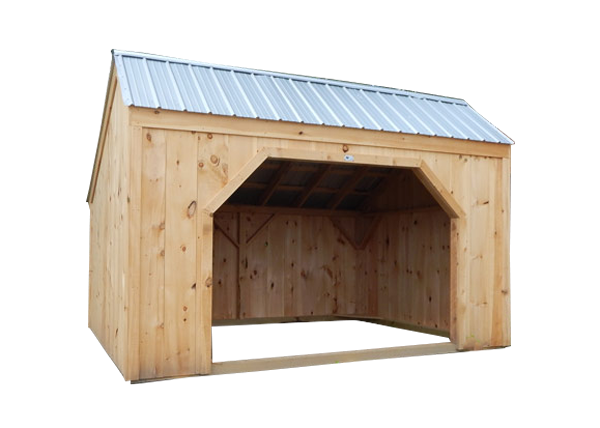
Before committing to any specific livestock, check with your municipality first. Some types of animals might not be allowed, and you will want to avoid any trouble with your neighbors. If you decide to keep animals, be sure that you can commit to properly caring for them. Providing adequate shelter is an absolute must. Have a plan for feeding and grooming them.
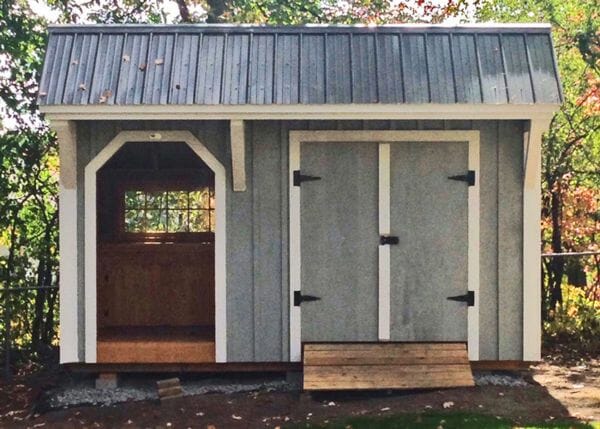
Fruit, Veggies, and Honey
While you raise chickens, you could have a garden growing too. Strategically placed raised garden beds need little space and provide flexibility in placement. Anything you can do to save space, and increase efficiency of your next growing season will help provide a larger harvest.
When planting consider the following:
• Geographical location and climate – pick out plants that thrive in your local environment.
• Your skill level – if you are a beginner, choosing plants that are easy to grow will be encouraging.
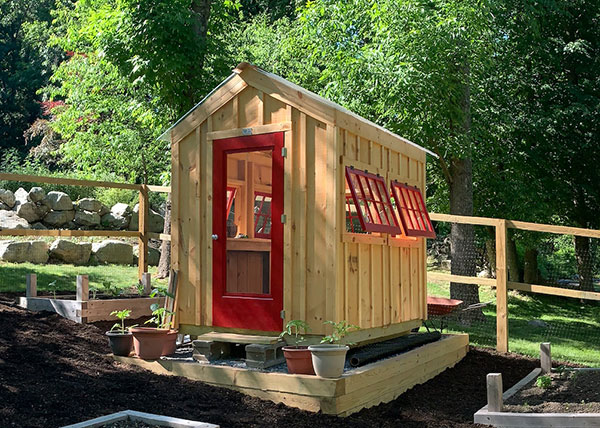
• Try companion planting – research the different types of plants that compliment each other. This gardening technique can deter pests, attract pollinators, and improve the fertility of the soil in your beds.
A Greenhouse is a sturdy little building that can be used for storage and getting your seedlings started. Another option is to choose a multipurpose building like the Weston Potting Shed. This shed comes with an open side for gardening, and an enclosed side for storage. If you are keeping bees, some people opt for a small shed. Keeping the hive protected from predators will ensure a long life for your colony.
Set Up A Farm Stand

Once you start collecting eggs and growing an abundance of food, you will probably find that you have more than enough. Instead of letting all of that good food go to waste, you might as well share with your neighbors. You can set up a farm stand in your front yard where people can buy your fresh eggs and other goodies. You can preserve the food you grow by pickling and turning it into jams or salsas to sell too. In New England, it is common to find a small shed set up with a tin can for collecting cash on farms. Soon you will find that your products are in high-demand.
We love how this farm in Vermont set up this vending booth for selling honey and other goods created. Once delivered, they added shelving to their Saltbox shed. Now they simply open the solid pine double doors when they want to sell.
Community Gardens and Farms
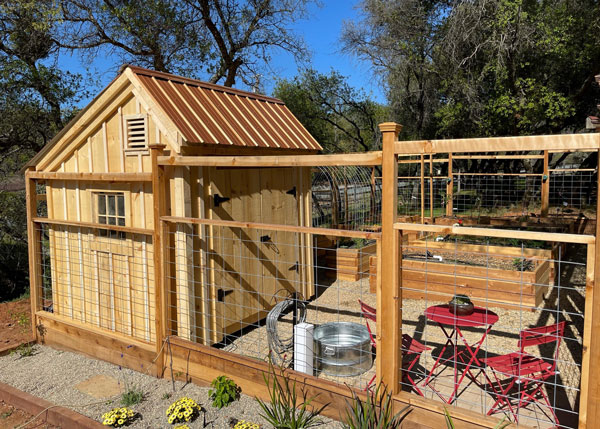
We understand many people reading this might live in an apartment without access to land. That is ok. You can still live out your farming dreams. Many communities in cities have shared community gardens or farms where you may be able to rent a small plot. In many cases, volunteers are encouraged to help out in exchange for some freshly grown goods. The great thing about a community garden or farm is that you can cooperate with other people involved. You will lean on their expertise and learn as you go. Also, if you need to go on a vacation, a luxury many farmers forego, you could probably time trade with another member. This way everyone makes sure their plots are taken care of during an absence. It is a win-win situation really.
Your individual plot might not have enough space for a shed. If this is so, you may be able to work with your community to get some post and beam buildings set up. Working together to build a small barn kit or greenhouse is very rewarding. Plus, the finished buildings can benefit the entire group.
Conclusion
Urban homesteading can be a very satisfying lifestyle. You will learn many valuable skills that will improve your quality of life. Plus, you might be able to make some income by selling the goods that you grow. Don’t know where to start? Check out our Barnyard Bundle, a curated selection of DIY building plans with homesteading in mind.
If you want to delve deeper into the world of urban farming, here are some additional resources you can check out:
Guide to Urban Homesteading – Find more quick tips to get your gears turning.
Urban Agriculture Tool Kit – From the USDA and contains practical information to help you do it right.
How to Start a Backyard Farm – Learn how this household set up their farm on one acre of land.

